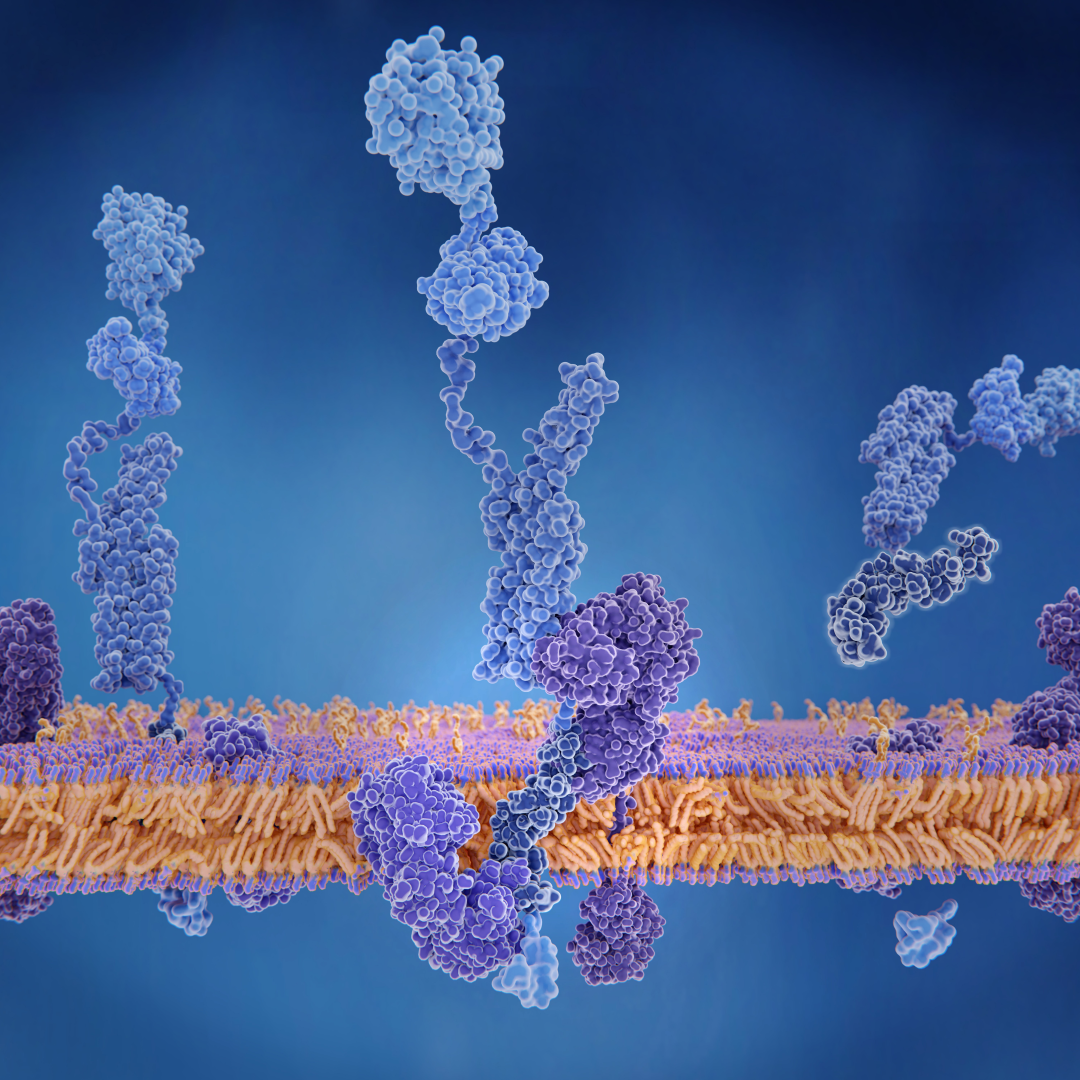
Cell by cell, scientists building a high-resolution map of brain changes in Alzheimer’s disease
On Jul. 28, 2022, the Allen Institute announced a newly released dataset of 1.2M cells from brain donors across the spectrum of Alzheimer’s shines a light on diseaseメs cellular roots and opens up potential pathways to new therapies.
The Seattle Alzheimer’s Disease Brain Cell Atlas consortium, or SEA-AD, is a National Institute on Aging-funded collaboration headquartered at the Allen Institute, with additional research projects at UW Medicine and Kaiser Permanente Washington Health Research Institute.
The publicly available dataset captures large-scale cellular and molecular information gleaned from more than 1.2 million neurons and other brain cells from 84 people who donated their brains to science after their deaths, as well as detailed microscopy images of amyloid-β and other disease-related proteins in their brains.
The cellular techniques used in the consortium build off previous work at the Allen Institute and elsewhere, through the NIH-funded BRAIN Initiative, that uses genes switched on in individual brain cells to categorize them into discrete types.
These methods were first used to understand the basic cellular building blocks of a healthy brain, and they are now being turned to understand Alzheimer’s disease at a new level of detail and resolution.
Tags:
Source: Allen Institute
Credit:
